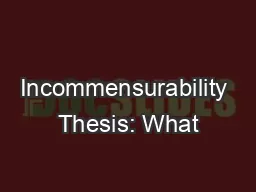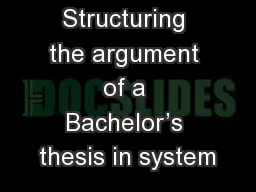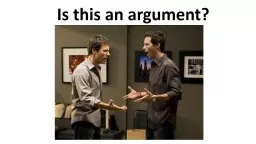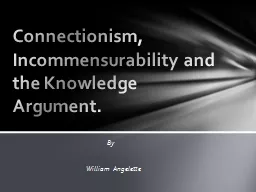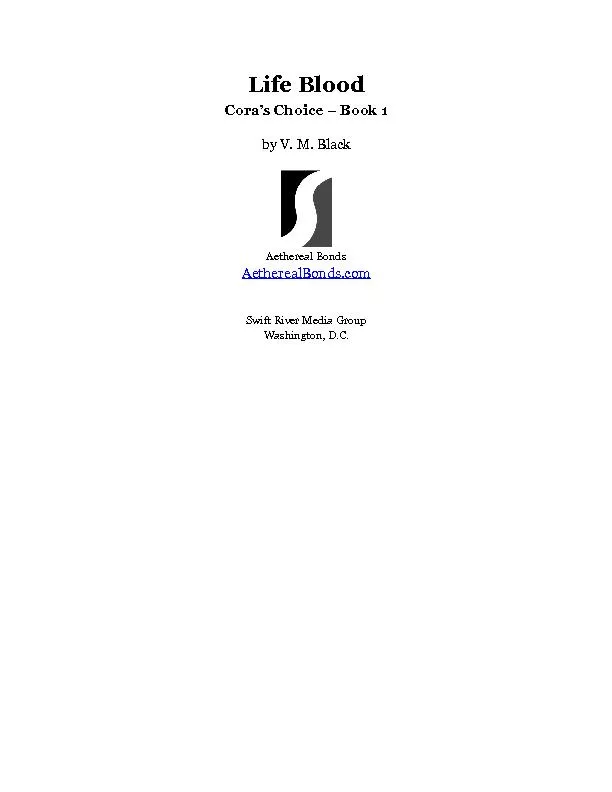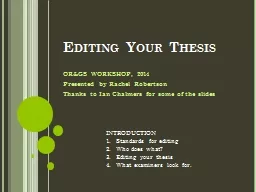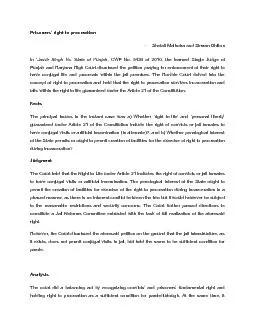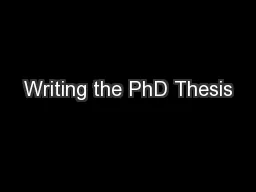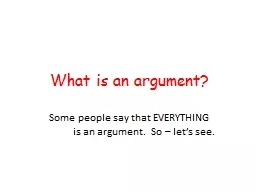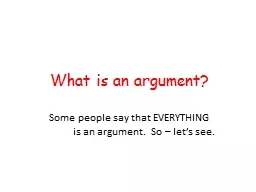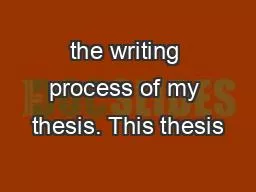PDF-Incommensurability Thesis: What’s the Argument
Author : test | Published Date : 2015-08-13
1 Kuhnx2019s F orthcoming in Social Epistemology M oti Mizrahi S t Johnx2019s University motimizragmailcom Abstract In this paper I argue that there is neither
Presentation Embed Code
Download Presentation
Download Presentation The PPT/PDF document "Incommensurability Thesis: What’s..." is the property of its rightful owner. Permission is granted to download and print the materials on this website for personal, non-commercial use only, and to display it on your personal computer provided you do not modify the materials and that you retain all copyright notices contained in the materials. By downloading content from our website, you accept the terms of this agreement.
Incommensurability Thesis: What’s the Argument: Transcript
Download Rules Of Document
"Incommensurability Thesis: What’s the Argument"The content belongs to its owner. You may download and print it for personal use, without modification, and keep all copyright notices. By downloading, you agree to these terms.
Related Documents

